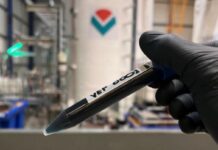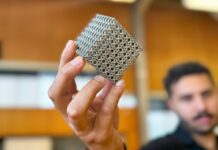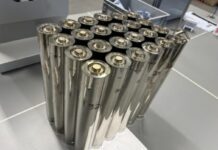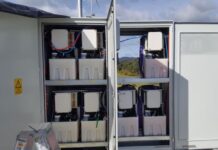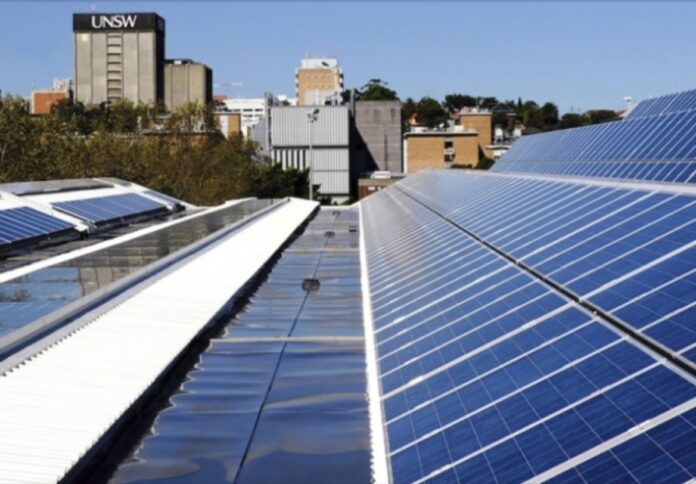
Researchers from UNSW have unveiled a scalable solution to overcome the rechargeability challenges of aqueous rechargeable zinc battery (AZB) technology.
Developed by School of Chemical Engineering researchers Yuan Shang, Dr Priyank Kumar, and Dr Dipan Kundu, the new technology is expected to be a safer and cheaper alternative to lithium-ion batteries, which have been the cause of multiple fires recently.
The project, published in the Advanced Materials journal, sought to address a major problem with the AZB technology in that the ability to recharge has so far proven to be limited due to the amount of corrosion suffered by the battery’s zinc metal electrode.
Development of the solution took three years and used a very small concentration of non-toxic additive molecules in the battery electrolyte, which addressed the corrosion issue and effectively reduced the dendritic zinc deposits that otherwise short-circuit the battery cell.
This resulted in a solution that preserves the aqueous nature of the electrolyte and delivers a five to 20 times improvement in the battery cycle life conditions suitable for beyond-lab-scale development
“The AZB technology can be implemented as energy storage systems at various scales, from small-scale residential/commercial and medium-scale community storage units to large-scale grid-level installations,” said Dr Kundu.
“Other than remote/off-grid power systems, data centres, backup power systems in the industries, e-bikes are some of the applications to which the AZB technology can be extended. A safe and affordable AZB technology will accelerate renewable energy integration, enable smart grid technologies for better management of energy distribution, load balancing, and demand response, support the establishment of microgrids powered by renewable energy sources for remote communities, and may provide a cost-effective and reliable storage option for industries like mining, construction, and telecommunications.”
The UNSW team has applied for a patent on the new technology and is actively seeking funding to establish a spin-off dedicated to commercial development.



